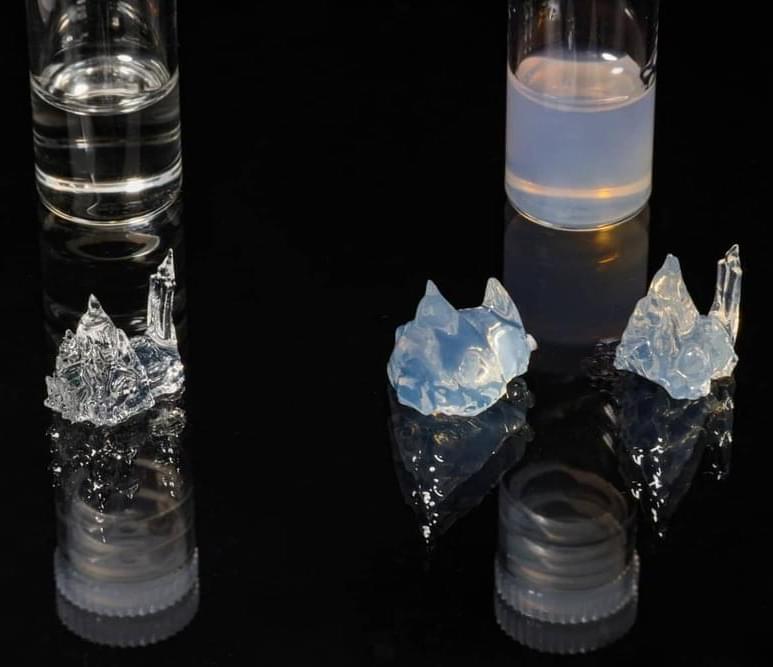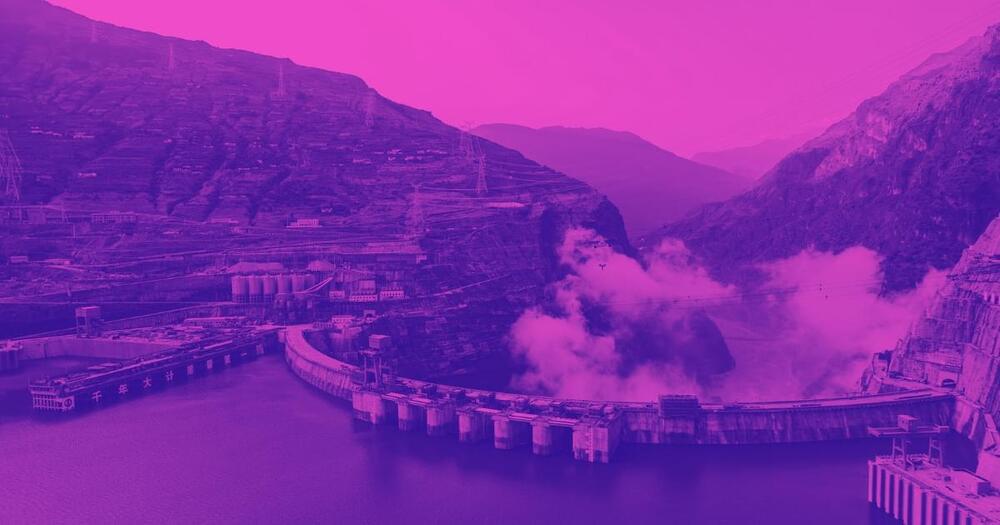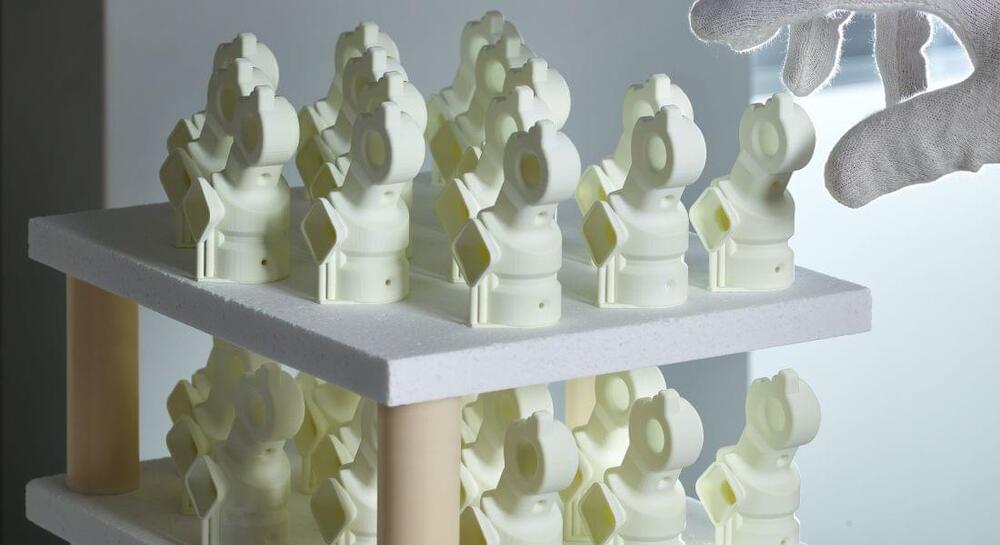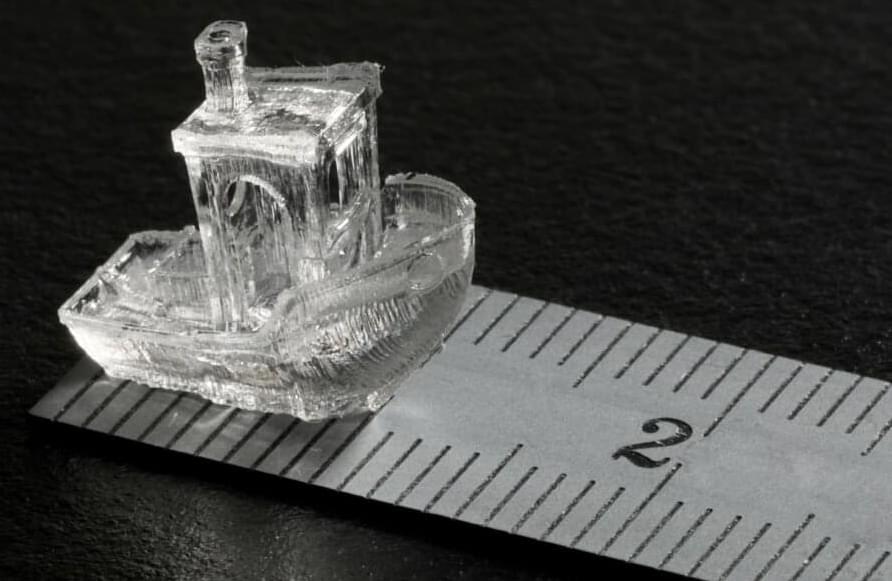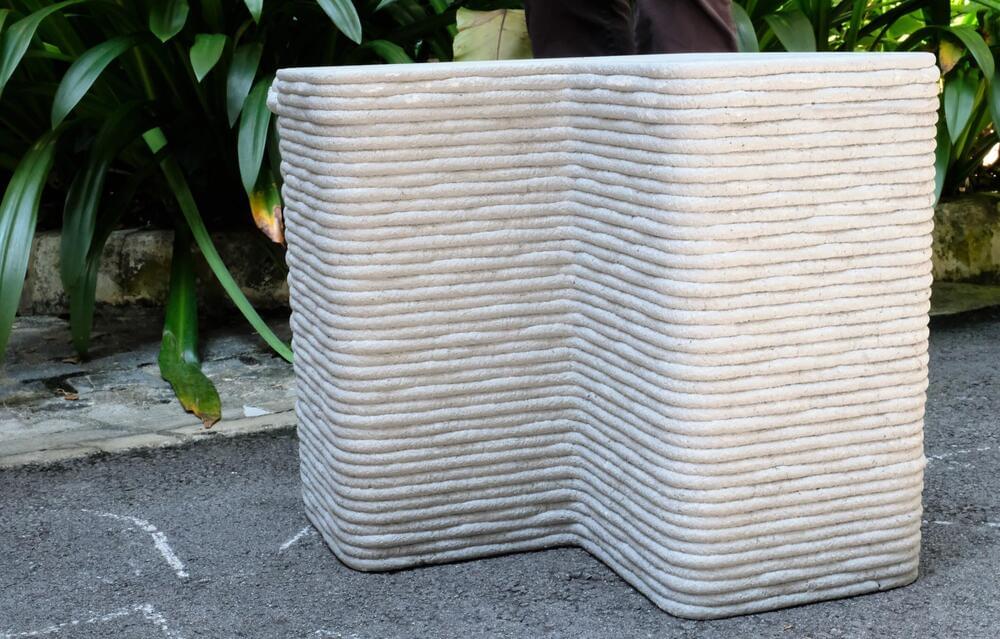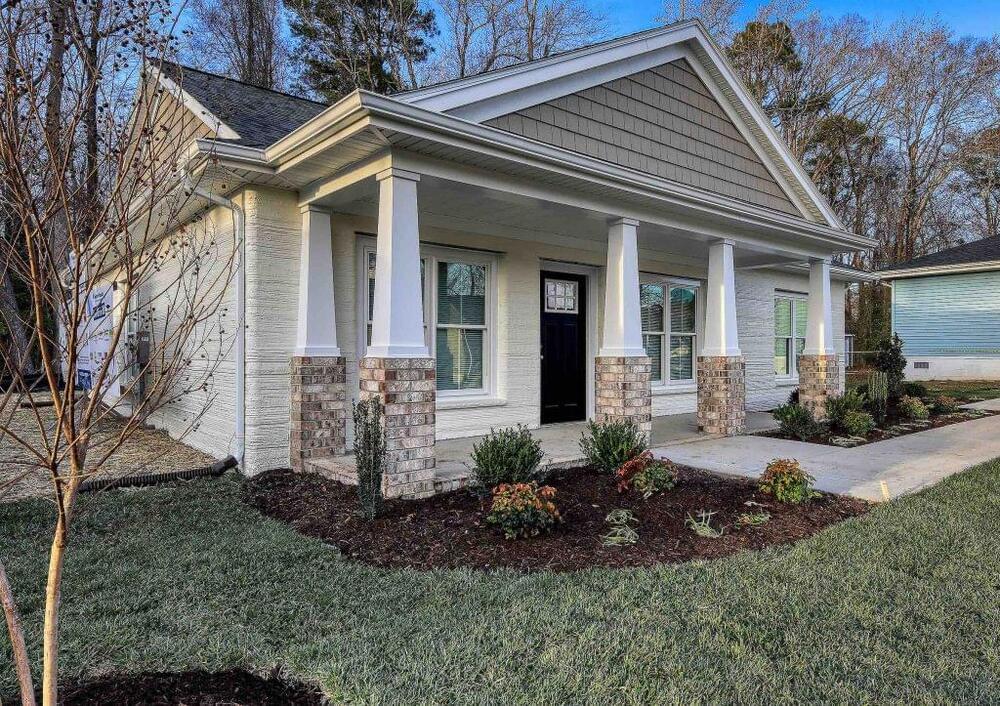Nina Notman learns how 4D printing is opening the door to unique smart materials whose applications may only be limited by our imaginations.
Smart materials are already part of our daily lives. From novelty mugs with thermochromic pigments that change colour when holding a hot drink, to photochromic prescription glasses’ lenses that darken when the sun is out, to hydrogels that expand to soak up liquid in disposable nappies and period products. But these are only the tip of the iceberg in terms of what smart materials – that can sense information about the environment around them and then act accordingly – are predicted to achieve in the future.
According to a recent Royal Society report, smart materials on the way include window glass that changes porosity in response to humidity, clothing that adapts to environmental conditions and self-healing concretes. ‘Animate materials could eventually have a transformative effect on all spheres of life,’ the report authors wrote.


